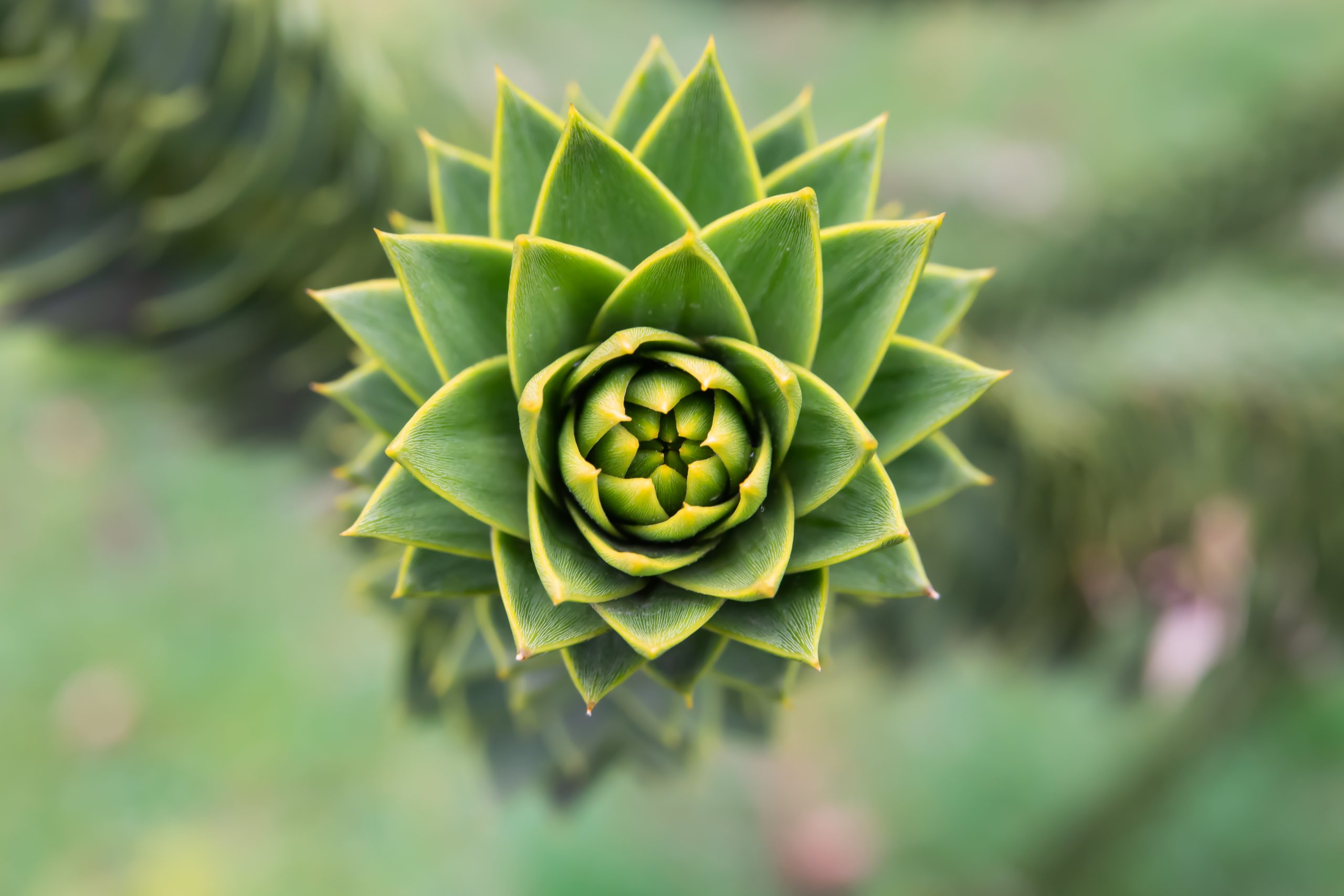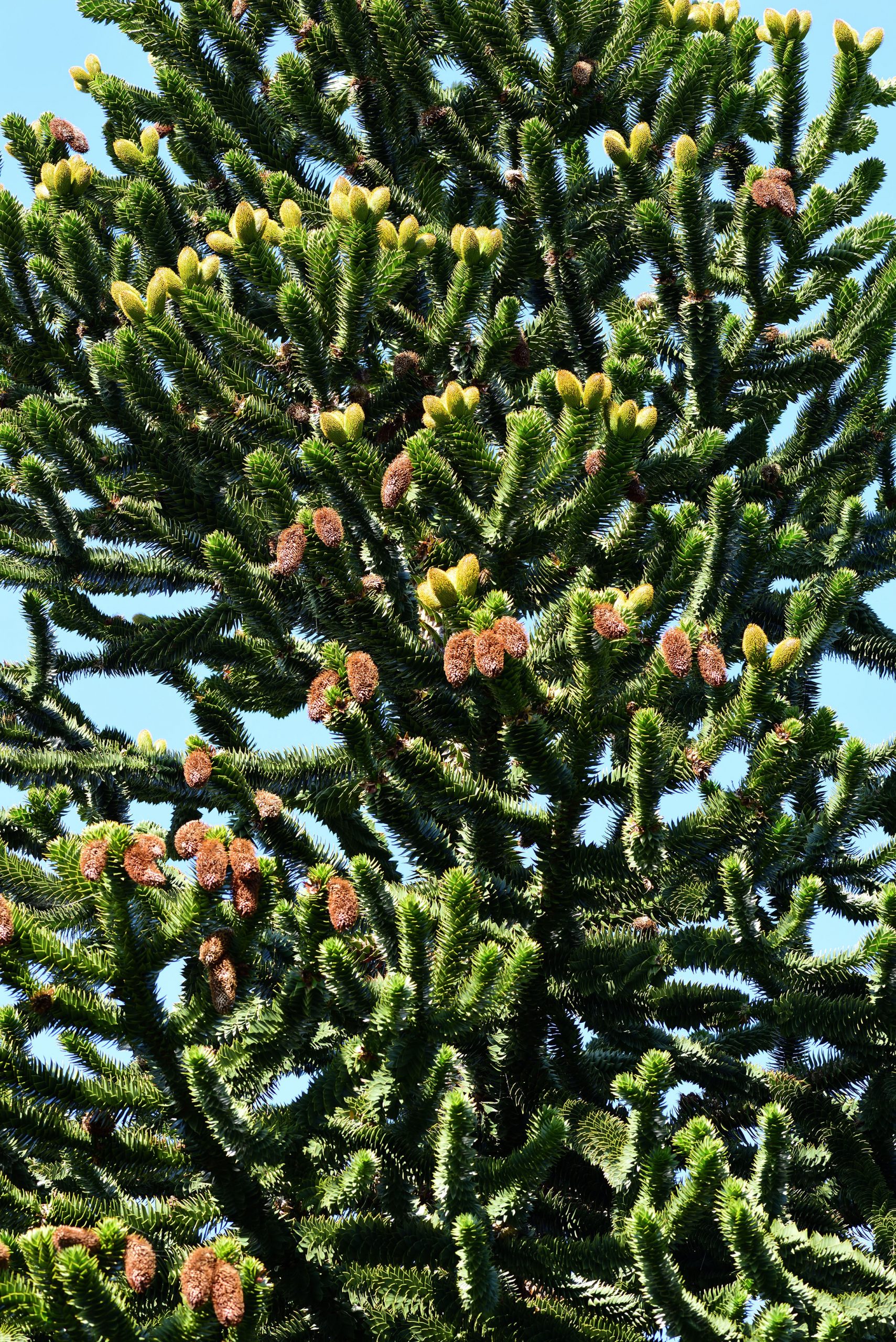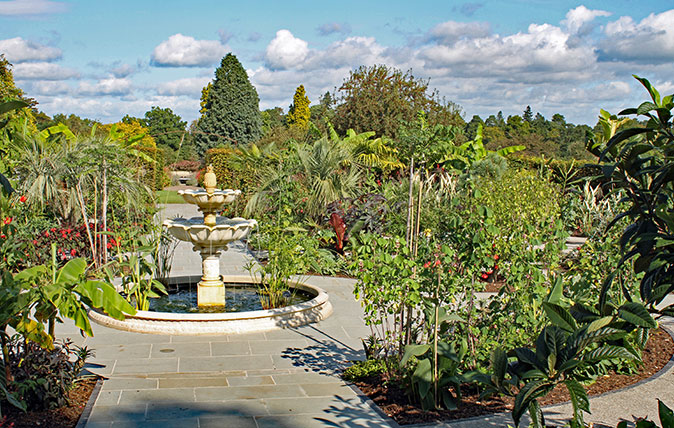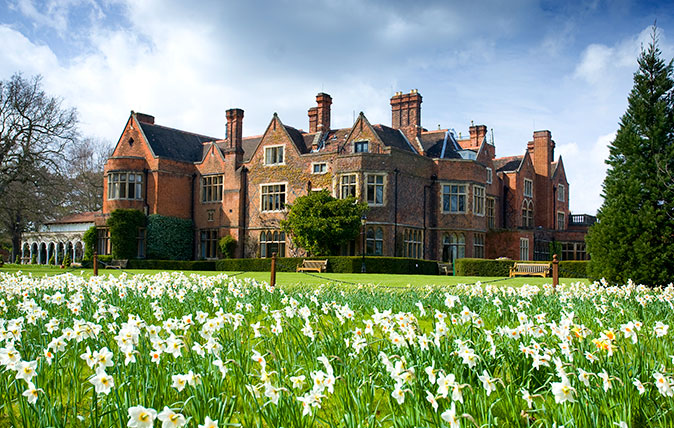Curious Questions: How the Monkey Puzzle tree get its name?
One of the most curious trees you'll see in Britain is also one of the most curiously-named: the Monkey Puzzle tree. But how did it get its name?

On a late summer day in 1834, a house party gathered by the rock garden at Pencarrow, the Cornish seat of Sir William Molesworth MP. The guests were there to witness the planting of a young Araucaria araucana, the first to be grown at Pencarrow.
As a rule in tree-planting ceremonies, the planter is more celebrated than the tree, but not so on this occasion. Ever since the arrival of the first specimens in Britain in 1795, this extraordinary Chilean native had been an object of wonder and longing. Sir William paid the Chelsea nursery Knight & Perry a princely £25 for his new prize — the equivalent of over £3,000 today — aware that its advent at Pencarrow would be a spectacle to delight and fascinate the most distinguished of guests.
One of these, on that day in 1834, was the starry barrister Charles Austin. Testing the apparently tactile quality of the young tree’s branches, he received a sharp rebuke from its hard-pointed leaves. ‘Climbing it,’ he quipped, ‘would be a puzzler for a monkey.’
This remark, it seems, is how the monkey puzzle got its name. Or was it derived from désespoir des singes, the similar, if more defeatist, sobriquet for the same species, which appears to have been current in France not long afterwards?
'Here, at last, is the biography that this spectacular conifer so richly deserves'
The question is in character for Araucaria araucana, which has spawned puzzles, enigmas and conflicting tales as intractable-seeming as its branching pattern. All of these are resolved in David Gedye’s sparklingly written and beautifully illustrated new book, Araucaria the Monkey Puzzle.
Definitive on the monkey puzzle’s UK introduction, Victorian vogue, living fossil status, biology, ecology, ethnobotany and conservation, here, at last, is the biography that this spectacular conifer so richly deserves.

As Mr Gedye explains, his lifelong fascination with Araucaria araucana was inspired by accounts of his head-gardener great-great-grandfather, Philip Frost, who tended some of the earliest English-raised specimens at Dropmore in Buckinghamshire in the first half of the 19th century. (To coax the seeds to germinate, he kept them warm and moist in a tin in his waistcoat pocket.)
Exquisite houses, the beauty of Nature, and how to get the most from your life, straight to your inbox.
The book is personal to him in another, still more moving way: he has published it himself and all profits will go to support the International Conifer Coservation Programme. Whether or not you would grow a monkey puzzle, to buy a copy is to invest in the future of one of the world’s most remarkable trees.
Araucaria the Monkey Puzzle by David Gedye is published by Orakaria Press at £25 plus £5 UK p&p; available from orakariapress@gmail.com

Tropical fruit and palm trees in deepest Surrey? Why they’re going bananas at Wisley
A newly-planted exotic garden at RHS Wisley has torn up the rule book – it's a bold gamble for a garden

Credit: ©Warren House